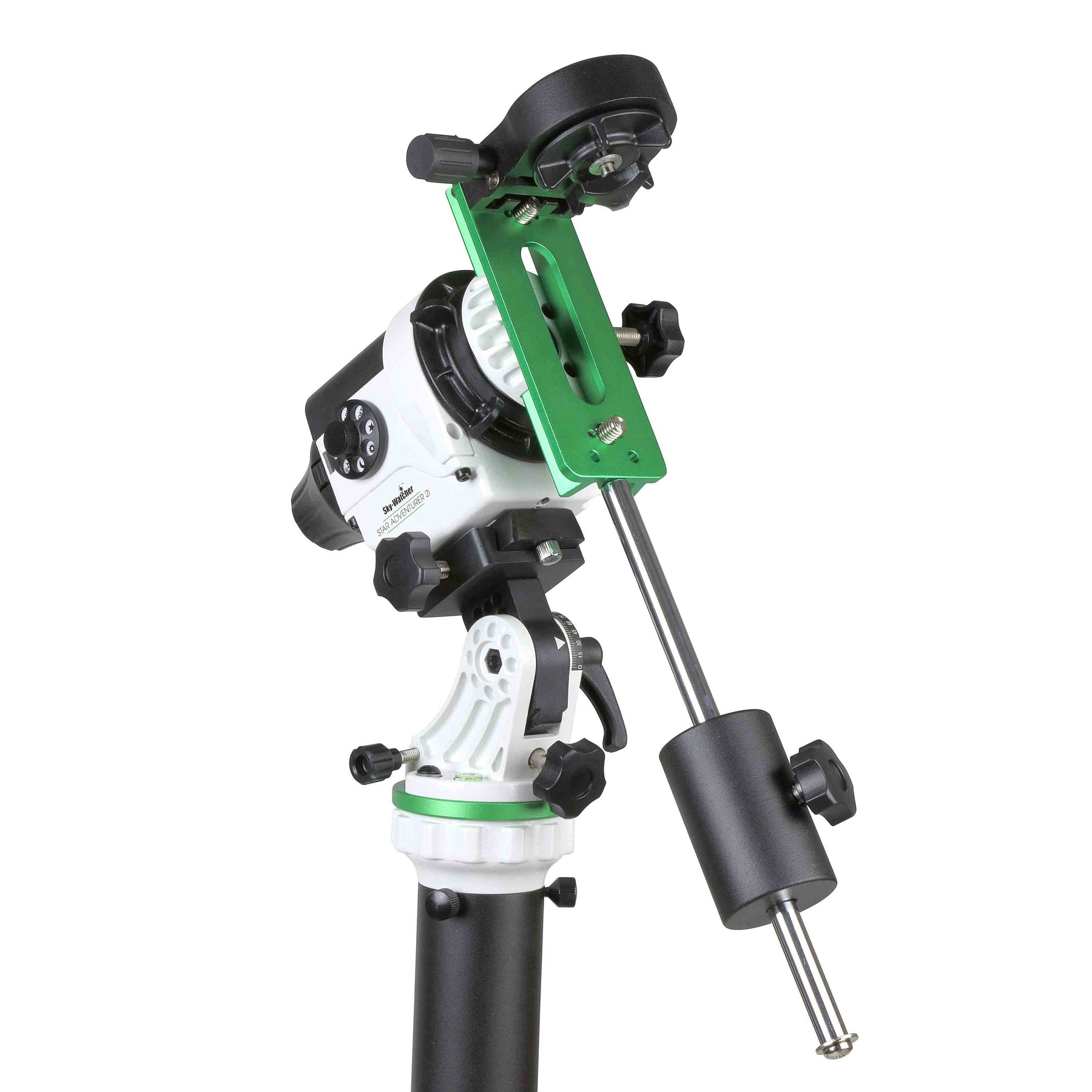bruha
- 389
- 513
Hi, thank you I see, its quite focused on Orion "sword"..  .
.
Thanks to site notice I will try it
Thanks to site notice I will try it
its a supernova remnant. it looks like a pink half circle starting in the center of the image and proceeding to the left and down all the way to the bottom of the orion constellation.bruha said:Hi, it is beautiful, I never heard about Barnard loop- How its position regarding Great Orion Nebula...?
Have nice day

Is the lens you use the Nikkor AIs 300mm f4.5? On a D810?Devin-M said:80x 300mm 4sec f/4.5 25600iso + 40 flats + 40 darks, no tracking / equatorial mount, bortle 2...
yes on the lens, d800 nikon full frame dslr body.chemisttree said:Is the lens you use the Nikkor AIs 300mm f4.5? On a D810?
That combo is going to be a real performer if/when you get a tracking mount! I think 30 s subs would really improve your faint fuzzies at the Bortle 2 sky location.Devin-M said:yes on the lens, d800 nikon full frame dslr body.
nice workDevin-M said:the light pollution on the horizon is the town of redding california
Devin-M said:wide shot of the bortle 2 location 40 miles north of redding california (14mm f2.8 15sec 5000iso):
bruha said:HI, excelent ,in Czech, Bohmerwald is probably is best maximaly 5 bortle

| Today | Cloudy with 60 percent chance of flurries or rain showers or thunderstorms. Wind west 90 km/h gusting to 120. High 8 with temperature falling to plus 1 this afternoon. |
Keith_McClary said:Cloudy with 60 percent chance of flurries or rain showers or thunderstorms. Wind west 90 km/h gusting to 120. High 8 with temperature falling to plus 1 this afternoon.
Keith_McClary said:What Bortle would this be?:



Devin-M said:and a sky watcher star adventurer 2i pro mount. so i should have 1000mm focal dslr and equatorial mount— any have any thoughts on how they’ll do?
Devin-M said:According to this the Nikon 500mm f5 reflex lens weighs 1.6kg:
The D800 camera body weighs 1kg, so I’m up to about 2.6kg. The teleconverter is about 0.2 kg so that’s 2.8kg total for 1000mm focal f/10 with the teleconverter including the camera.
| 3 Rural Sky | 6.6 – 7.0 |
|
| 4 Rural / Suburban Transition | 6.1 – 6.5 |
|
| 7 Suburban / Urban transition (or Full Moon) | 4.6 – 5.0 |
|
| 8 City Sky | 4.1 – 4.5 |
|
Really? It looks like the Hubble Space Telescope attached to a camera.Devin-M said:500mm f/5 catadioptric nikon reflex (mirror) lens
Devin-M said:I was able to get this with the new lens-- the vertical lines on each star are caused by the vibration each time the mirror flips up